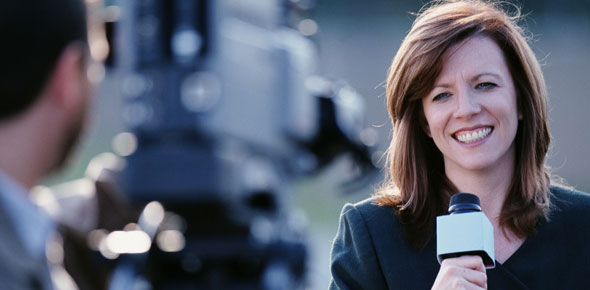Can You Pass This News Story Quiz?
- SPJ
- AEJMC
2.
You may optionally provide this to label your report, leaderboard, or certificate.
×
Thank you for your feedback!
















